OFweek smart home network news November 2016 in Tokyo, Japan, Sony's exhibition, we saw a lot of Sony's representative products. Radios, Walkmans, TVs, etc. for various generations, as well as Sony's latest BRAVIA "Z9D" series TV. This series is Sony's flagship product at the end of 2016. Compared with other models, the “Z9D†series is “excellent†in terms of price and picture quality.
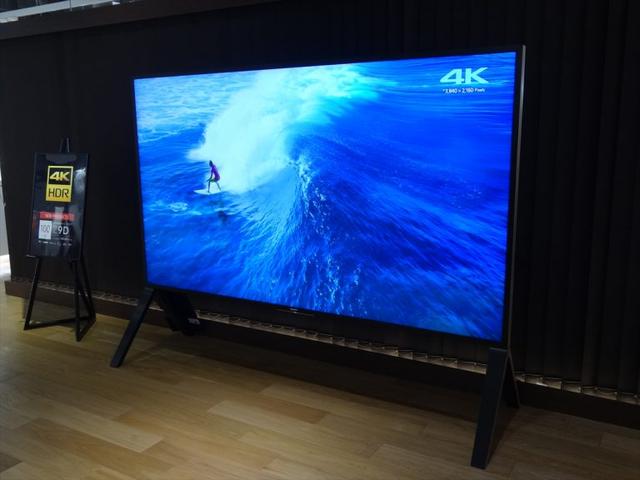
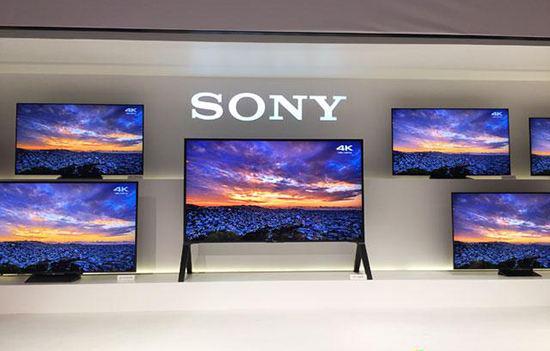
The Z9D series is divided into 65-inch, 75-inch, and 100-inch models of the final shaft. All of the exhibitions were showcased, allowing consumers to directly compare dimensions.

4K HDR TV
Z9D series all use independent LED "dynamic backlight" control, so that the color contrast is higher, the color gamut is wider, and the performance is more excellent. One hundred-Z9D because of the large size, complex process, the price up to 7 million yen + tax (equivalent to about RMB 45-50 million. You did not mistake, that is CongCong that paragraph 499999 yuan.)

The picture shows a comparison chart of exhibitors standing 170cm tall
It was really shocking to see the 100-Z9D real machine, and the strong size shocks came.
Exterior


From the side view Z9D external uses the latest popular BRAVIA highest quality audio and video integration architecture, body color dark with frosted gold.
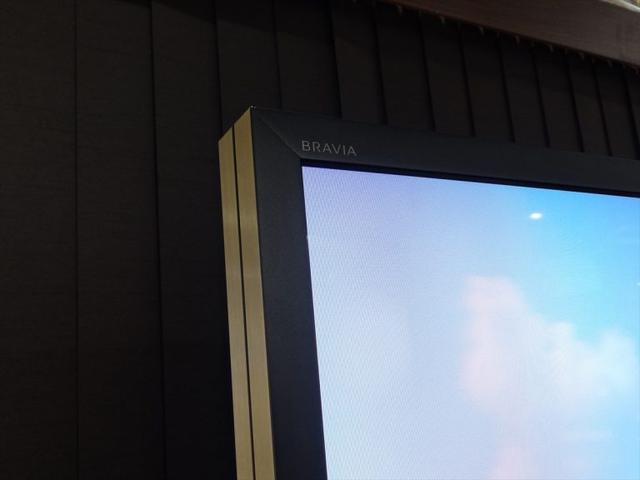
The upper left corner shows the "BRAVIA" logo
The most people’s concern with the screen and the frame is also a sense of freedom.

Below the center of the TV is Sony's logo and "induction light" indicating the operating status.
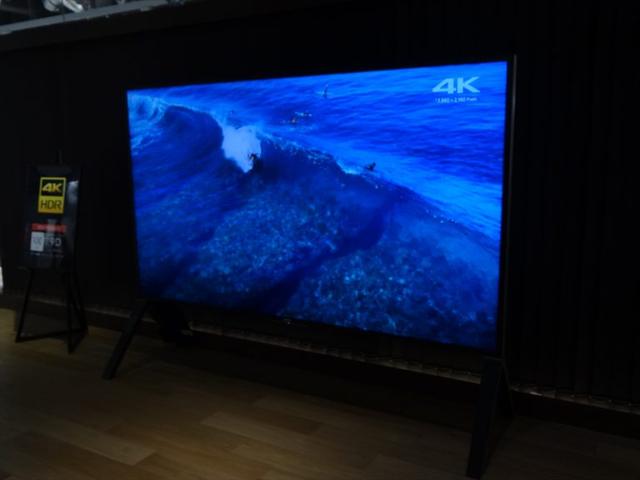
Take 65 inches as an example, at least 1.95 meters above the viewing distance. If the suitable viewing distance is more than 1.95 meters, the screen will hardly see graininess and the visual sense will be very good. If it is less than 1.95 meters, some graininess will appear, and the quality of the picture will look not only a bit rough but also feel Very dazzling.

This is a photograph taken about 10cm from Z9D.
Bracket
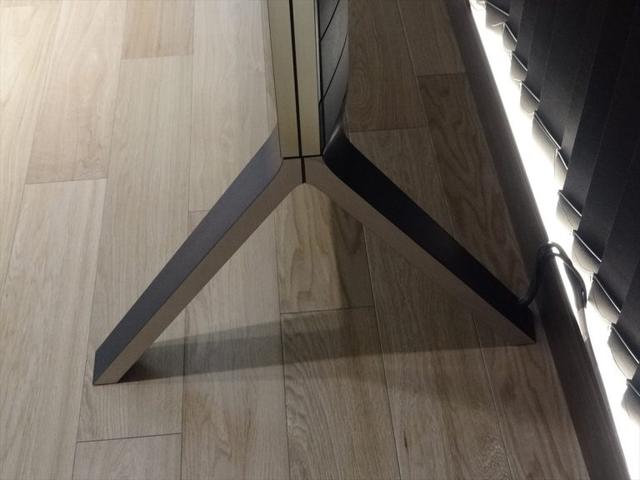
Both suspension and base are available for placement. 100-inch products are also available with floor stand and table stand options.
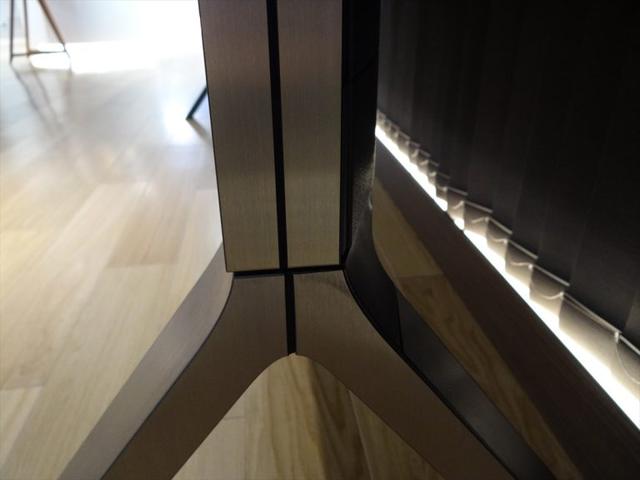
There are some offsets between the floor stand and the TV fuselage line. It is not known whether it is an installation flaw or a design flaw.
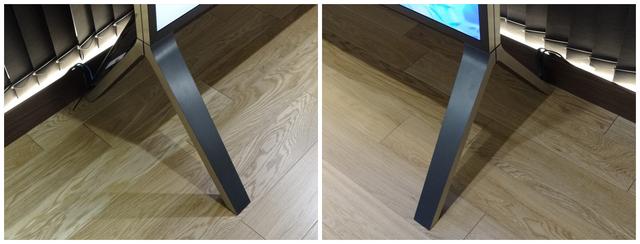
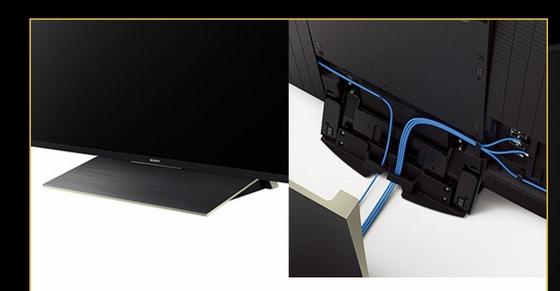
The 100-inch fuselage floor stand is provided with a cable guide device. The antenna and cable can be hidden in the bracket. The remaining 65/75 can be hidden on the back of the camera. This is a design developed from the beginning of the X9300D. The non-trivial design looks simple and beautiful.
interface

The back cover is a grid-like cover design. Both the HDMI cable and the antenna can be hidden behind the back. The interface not only configures the connection holes of current mainstream devices, but also adopts a large space concave horizontal design to facilitate the user to connect the devices. And considering the problem of cleaning, the back space of the 100-inch floor stand is designed to allow access to a person's space.

The interface part is horizontally designed and does not touch the wall to cause inconvenience. The interface includes: 3 USB ports, HDMI jacks, headphone jacks, and Bluetooth functions.

There is also a big Sony logo on the back
screen
Compared with other companies' products, Z9D series "Backlight Master Drive" (dynamic backlight system - Master Edition) is very outstanding performance, each LED backlight can be individually controlled brightness, so that the picture in a higher level of accuracy . And at the CES show, test data with a brightness of up to 4,000 nits were provided, which is excellent compared to most HDR TVs with a maximum brightness of 1000 nits. And the official said, despite the separate LED light source, but the backlight drive circuit will control the brightness of each LED in real time according to changes in screen brightness, 65-inch power 298kWh / year, 75-inch power 367kWh / year, the total power consumption will remain in and The equivalent size of ordinary LCD is quite standard.
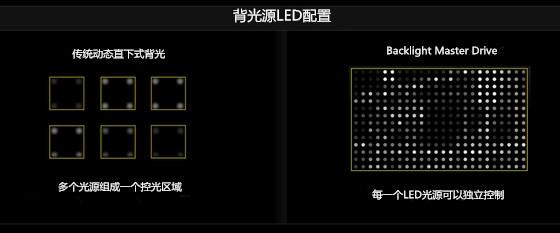
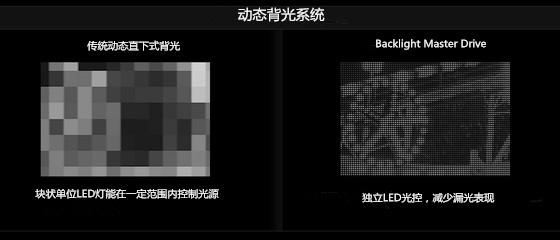
Thanks to the new "Backlight Master Drive" technology, based on the form of direct-type LED backlight, a large number of LED lamp beads are arranged behind the liquid crystal panel. The larger the size, the more the lamp beads.
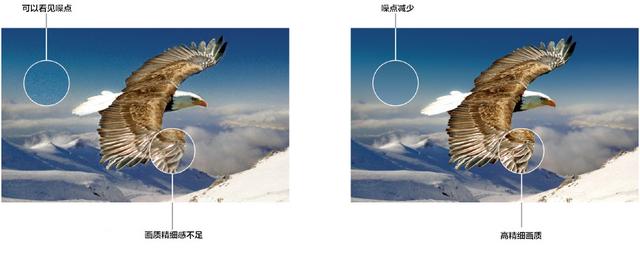
The Z9D is also equipped with the new 4K HDR image processing chip X1 Extreme. This chip can provide users with more realistic and detailed image quality results. Compared with the previous-generation 4K image processing chip X1, the Z9D is superior in detail performance and contrast.
The following is a simple screen comparison using the 8300D and 75Z9D:

The Sony KD-65X8300D is on the left and the KD-75Z9D is on the right. We play the same picture for picture quality comparison: Play "Shade in Pavilion".

This is KD-65X8300D
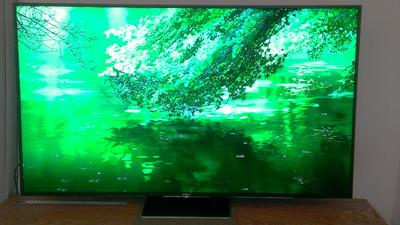
This is KD-75Z9D
Contrast is not very strong in the photographs taken, but in the actual picture viewing 75Z9D in the light performance is more realistic, the overall color screen is more beautiful.
to sum up

Z9D series uses "BRAVIA" technology, independent LED control to ensure the high picture quality output, the high price of this product also sees that Sony manufacturers never thought of big sales, more symbolic of its "return to Sony technology "The minimum size of 65 inches, for example, the reference price is 26,499 yuan. The price of 100-inch 500,000 also played a major role in propaganda. After all, technology is nowadays developed. TV is not a necessary electronic product for every household. And to tell the truth, the 100-inch large-sized television can clearly feel the insufficiency of sharpness in the 4K image quality, and after testing, the Z9D series can reach a maximum brightness of 1,600 nits, and it is not as high as the official description. 4000 nits of brightness.
The following analyzes the causes of ONU energy waste:
1. The interface is idle.
ONU generally includes multiple interfaces. Such as FE interface, GE interface, POTS interface, WIFI and IPlV interface, etc. In many cases, only part of the interface is used, and energy is consumed when the interface is idle.
2. Increased energy consumption caused by chip module design.
In the ONU design, the modules are usually divided by function and integrated on the same chip, controlled by an enable terminal. When power is supplied, the entire module needs to be powered, and the unnecessary functional blocks are also consuming energy.
3. Processing of OLT data.
Due to the broadcast transmission characteristics of the OLT, when the OLT sends broadcast information or sends information to a certain ONU, other ONUs that do not receive the information must also process it, resulting in a waste of resources.
4. Idle monitoring.
For TDM-PON, each ONU can only send upstream data in burst mode in a time slot authorized by the OLT, and the OLT forwards downstream data in the form of broadcast frames, which makes all ONUs always in operation. The ONU does not know when the user or the OLT will send data to itself. The receiving and sending modules always keep monitoring. When a certain ONU has no upstream or downstream data for a long time, the normal operating state will make it consume more energy.
5. Waiting time.
The structure of the PON system determines that the channel capacity should be shared between ONUs in the upstream direction. The PON system needs to adopt a certain arbitration mechanism to avoid conflicts. Each ONU is allocated a time slot, and frames received from users are buffered first. It can only be sent when it arrives.
Dual Mode Onu,Xpon Onu Router,Xpon Ont 1GE ONU,Dual Mode Xpon Onu
Shenzhen GL-COM Technology CO.,LTD. , https://www.szglcom.com